Step Back in Time: A hike to Likava Castle
In the end you end up in a dead end, in the middle of a suburb of the small town of Liptov. All around single-family houses, surrounded by well-kept front gardens, a few abandoned houses and half-collapsed barracks. Just behind it begins a flat landscape, covered by green meadows and a few sparsely scattered trees. A steep rock rises from this plain, on which sits a castle that towers over the land.
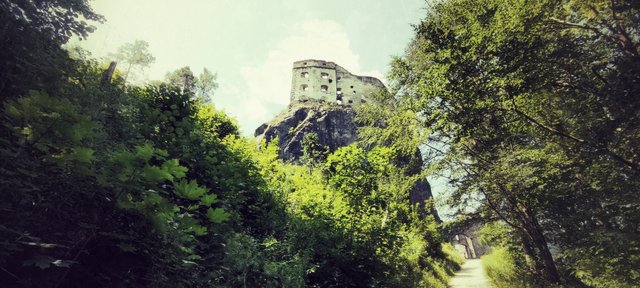 Like a painting from the past
Like a painting from the past
The history of Likava Castle goes back 700 years. It was once a royal castle that was later converted into a magnificent private residence. Located on one of the rocky peaks of the Choc Mountains above the Vah River, the now semi-ruined palace complex is one of the tallest buildings of its kind in Slovakia.
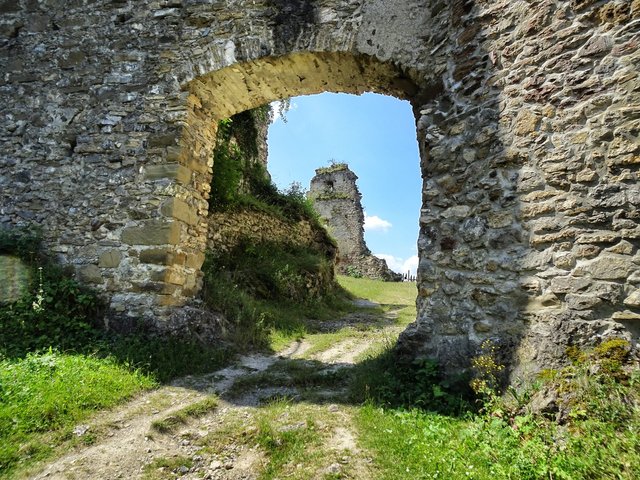 The door to the castle
The door to the castle
You have to go up
It's architecture is considered a valuable example of the late Gothic and Renaissance periods. But if you hike up, under a huge motorway bridge that is under construction and then up a steep slope that leads through dense forest, always along a small stream, you will discover the remnants of great history at the top, diminished by the passage of time.
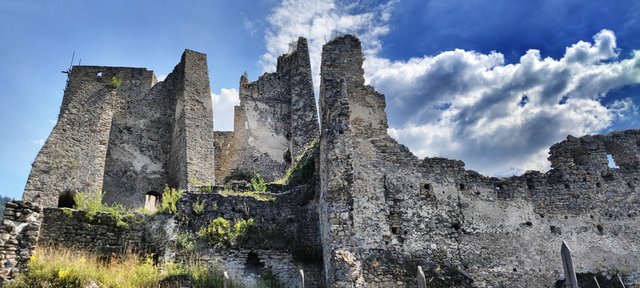 The remains of a bunch of wars
The remains of a bunch of wars
Likavský hrad, as Burd is called in Slovak, is located in the northwestern part of Liptov. The castle was first mentioned in 1315. The construction began quite modestly with the intention of erecting a guard post over the crossing over the Váh River and the trade route from the Váh Basin to Orava and onwards to Poland. This was intended to prevent robberies and make trade safer. The castle later served as a military camp and district prison.
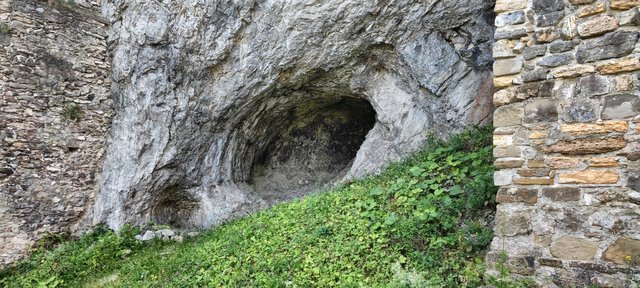 A small cave at the ground
A small cave at the ground
However, the castle owners, a noble family called Hunyady, gradually renovated and expanded the original core of the castle and finally built the part called the lower castle in the second half of the 15th century. Family boss Ján Huňady, who received it from Sigismund I of Luxembourg in 1434 for his military services, transformed Likava Castle into a large and supposedly impregnable fortress.
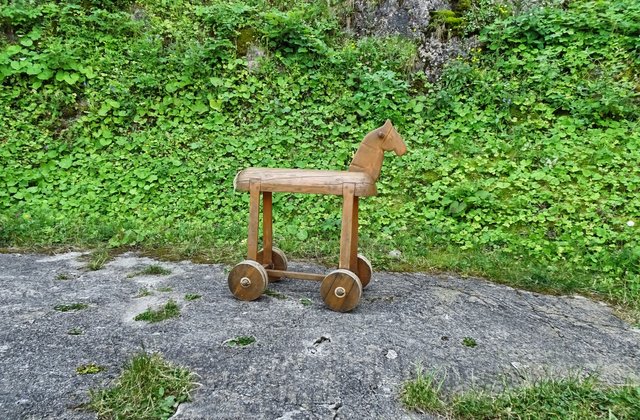 The last horse of the castle
The last horse of the castle
Blood on the hills
There isn't much to see anymore, you have to use your imagination or get help imagining it up in the castle museum. Hardly anyone knows that it was conquered and reconquered several times in the 14th and 15th centuries. In the meantime it was the property of the Hungarian kings, who gave it away to courtiers as a gift for services to the Hungarian crown.
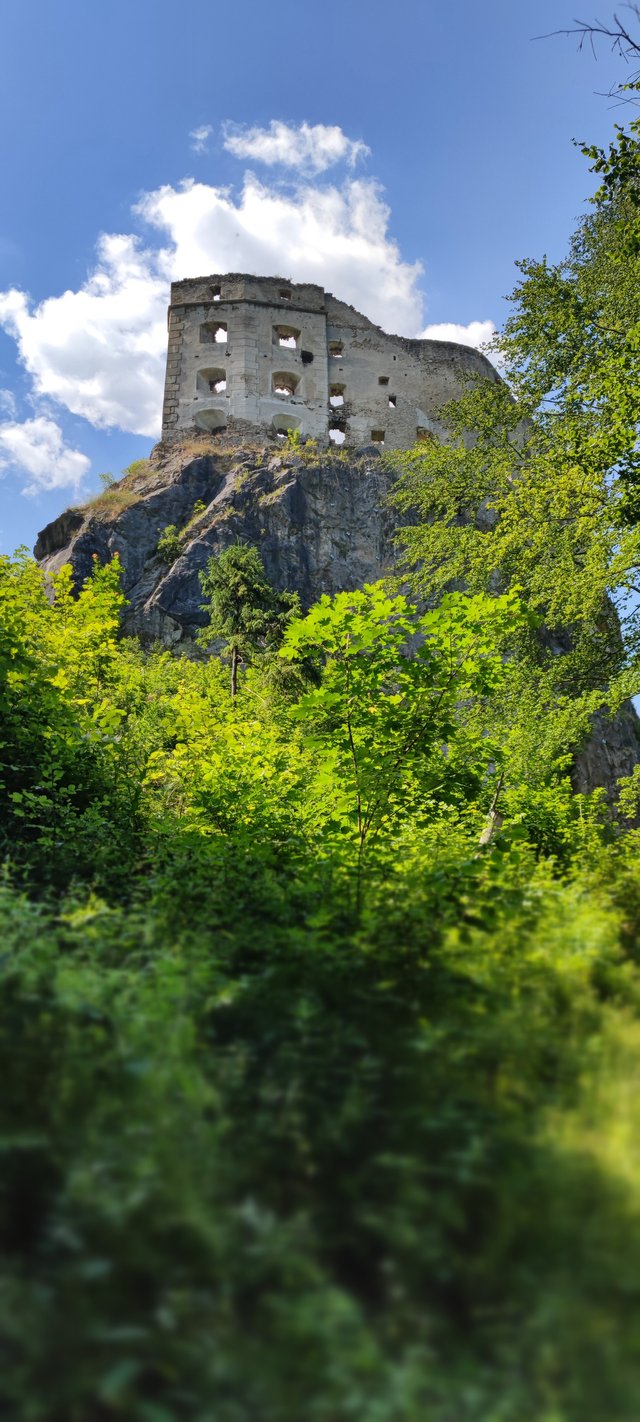 Steep hill, old palace
Steep hill, old palace
Likava has always been a reflection of the times around it: in 1651 the Tököli family became owners of the castle, and in 1678 Imrich Tököli, who led an uprising against the Habsburgs, severely damaged and devastated it. Rebuilt, it then temporarily served as army headquarters.
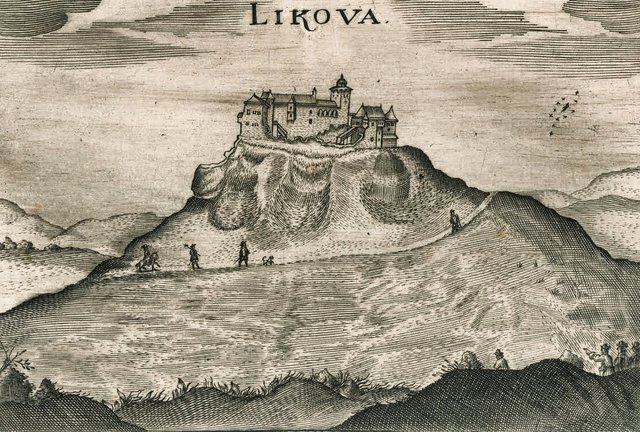 A old picture
A old picture
In the second half of the 17th century, the Thökölys finally completed a comprehensive fortification system designed to prevent enemies from conquering the castle. The entire effort was not successful because at the beginning of the 18th century, František Rákoczi's troops decided to completely demolish the castle.
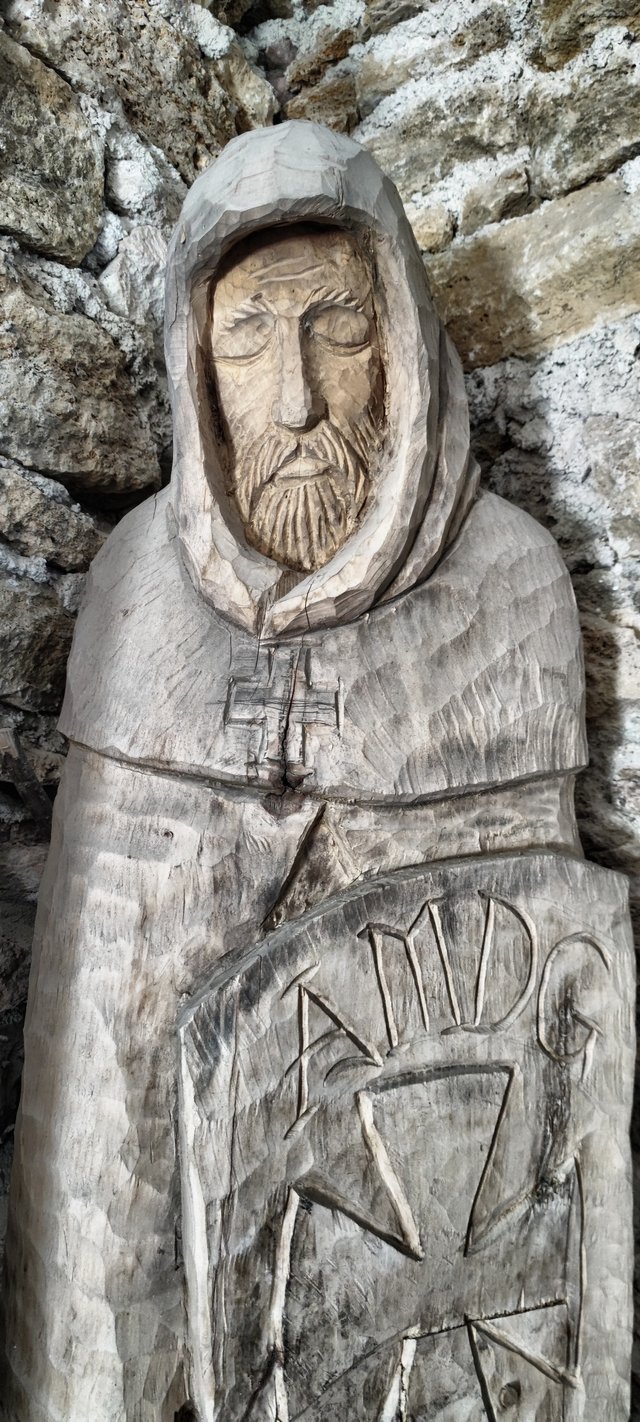 One of the knights
One of the knights
Captured by rebel forces
During the uprising led by Rakoczi in 1703, the castle was first captured by rebel forces, then abandoned. And destroyed in 1707 on Rakoczi's direct orders during the retreat so that his enemies could not use them. It didn't even take a battle.
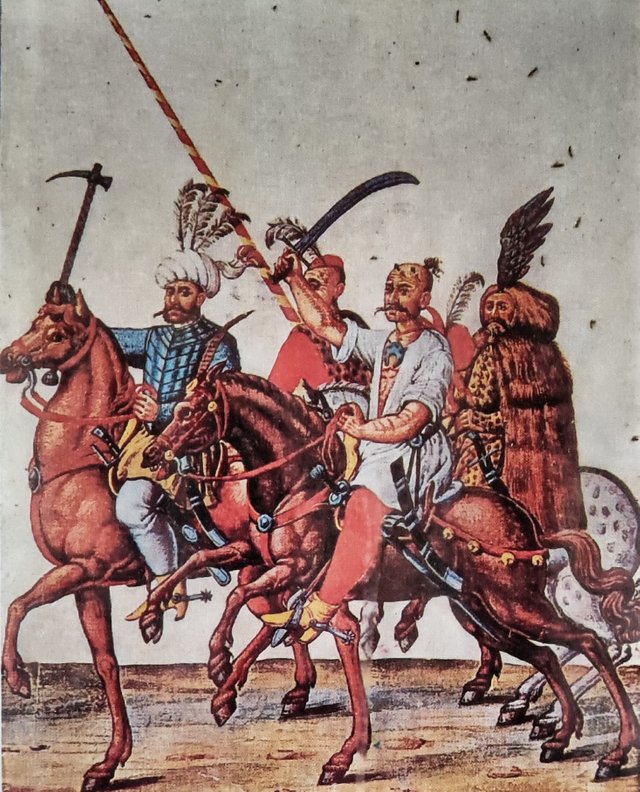 The enemy
The enemy
The castle then fell into disrepair and became a picturesque ruin. High up on the castle hill above the village of Likavka, today there is a mighty royal ruin, of which only walls and remnants of the former buildings remain. What is unmistakable is that the castle was a relatively modest fortress - the vaults were only in the basement and the other rooms had wooden ceilings.
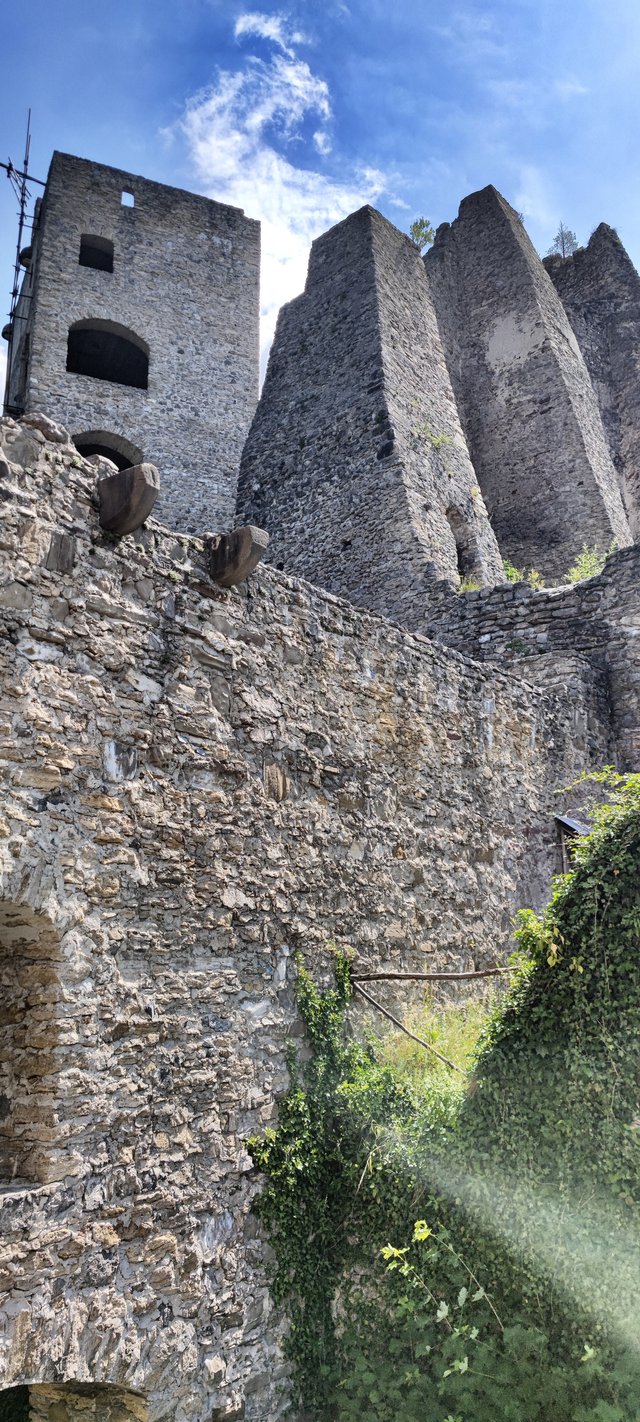 It needs a little bit fantasy to see the building in total
It needs a little bit fantasy to see the building in total
Perhaps the only piece of jewelry were stained glass windows that were made in the Middle Ages by the castle's glassworks. Over time, the fortress expanded through various additions and the construction and reinforcement of walls. Each new owner added something of their own, so after 1533 Renaissance elements began to be added.
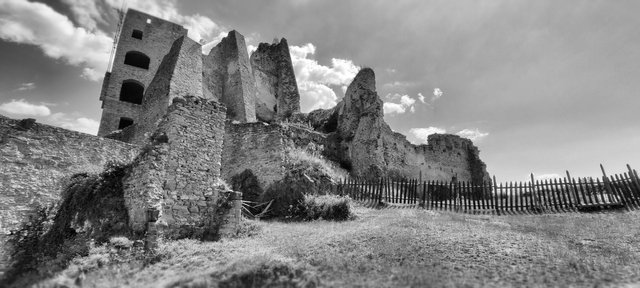 Behind the fence is a forbidden area
Behind the fence is a forbidden area
But the architecture of the castle is still impressive. Because the fortress was built on a rocky outcrop with steep slopes providing protection on three sides and only a single access road leading up from the west, it stands like a stone monument over the valley.
The remains of power
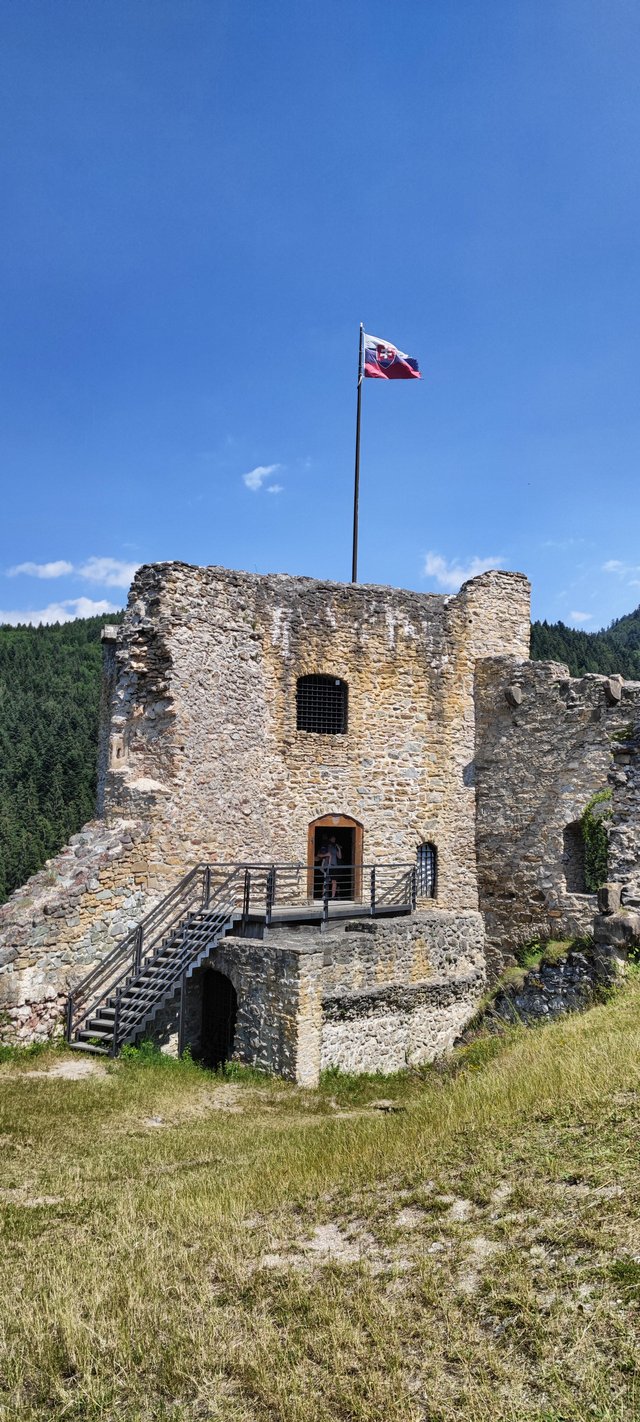 The building with the small museum
The building with the small museum
Unfortunately, today only ruins remain of Likavskiy Grad, a reminder of its former greatness and power. The walls that once offered protection and security have been destroyed. Only sad ruins remind us of the castle's eventful history, the great battles and heroic deeds that took place on its grounds.
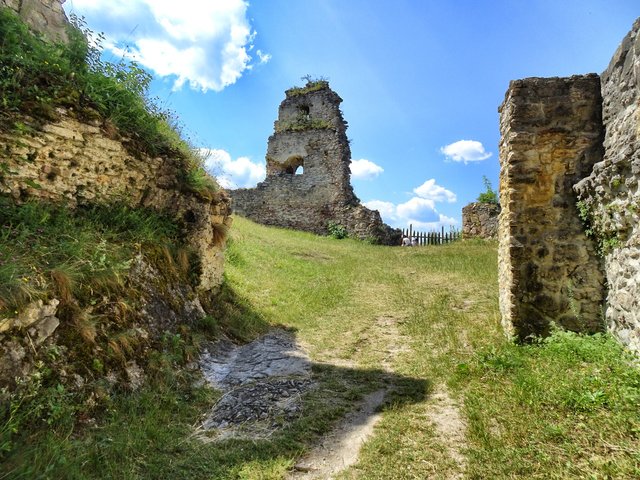 A wall like a teeth
A wall like a teeth
Access to the castle is controlled and entry costs a few euros. However, the site is only open to the public during the summer season. After a thorough reconstruction a few years ago - the Slovaks are very proud of this largely unknown part of their history and carefully preserve it - the tower was named „Hunyadyh veža“ opened to the public.
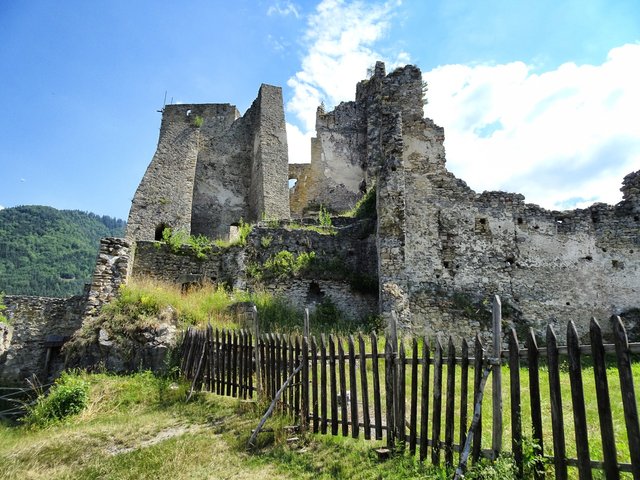 Near the fence
Near the fence
It contains the exhibition on the history of the castle, which doesn't take too much time to look at. The small museum tells something about life at the castle in times long past, something about the fights and wars that it was a witness to and a victim of, and about the men and women who lived here in times gone by.
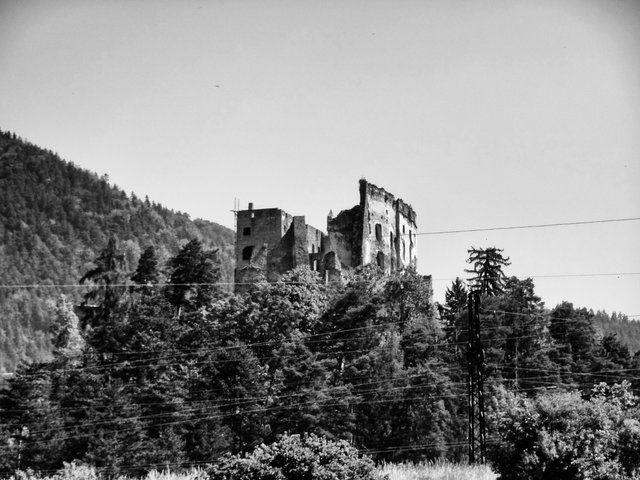 This is how it looks like in ancient times - now
This is how it looks like in ancient times - now
A pleasent hike
The hike up is pleasant, despite the many steep passages over tree roots and through narrow ravines. Families with children can also do this easily. Afterwards, after visiting the past, there is still time to hike a little through the beautiful surrounding Choč hills, which are crossed by a dense network of hiking trails.
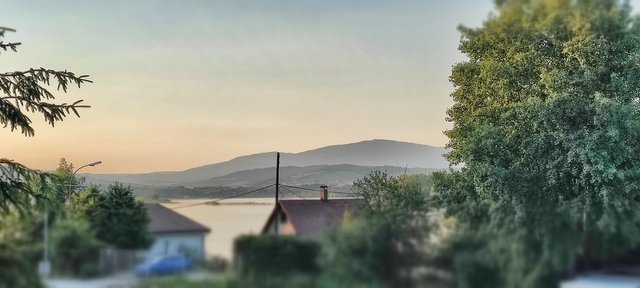 The mountains around Litava are so beautiful too
The mountains around Litava are so beautiful too
We return by bus, there is also a restaurant at the stop where you can fortify yourself. How do you get there? You drive to the village of Likavka, then walk from the Likavka-hrad bus stop along the red hiking trail. The climb takes approximately 30 minutes.
Thank you for reading and if you like my work please follow me on Hive, Travelfeed or Steem or visit my homepage koenau.de
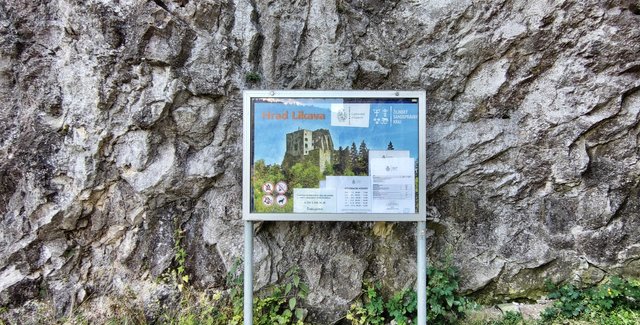 A ticket is only a few Euros
A ticket is only a few Euros
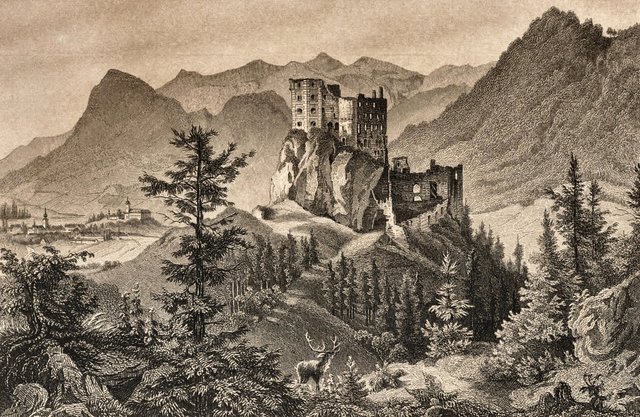 Art from better times
Art from better times
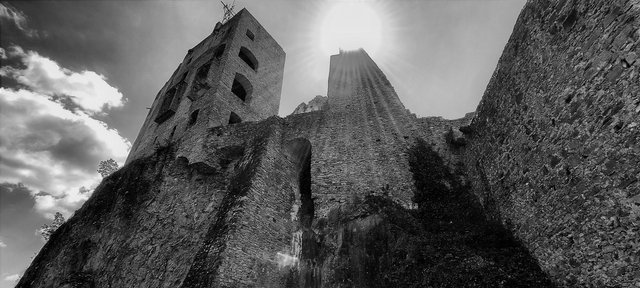 View from the base
View from the base
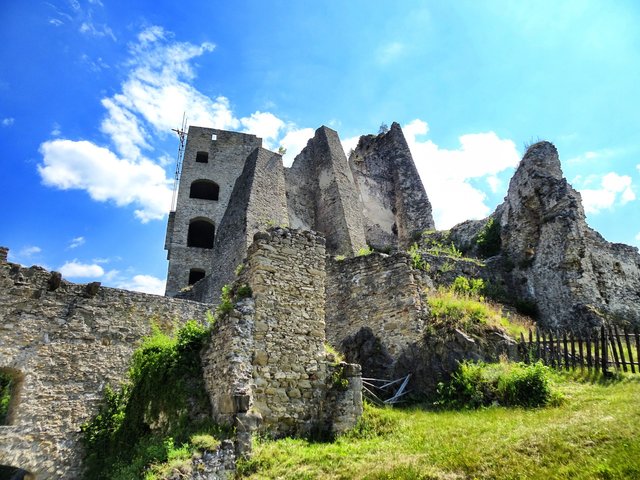
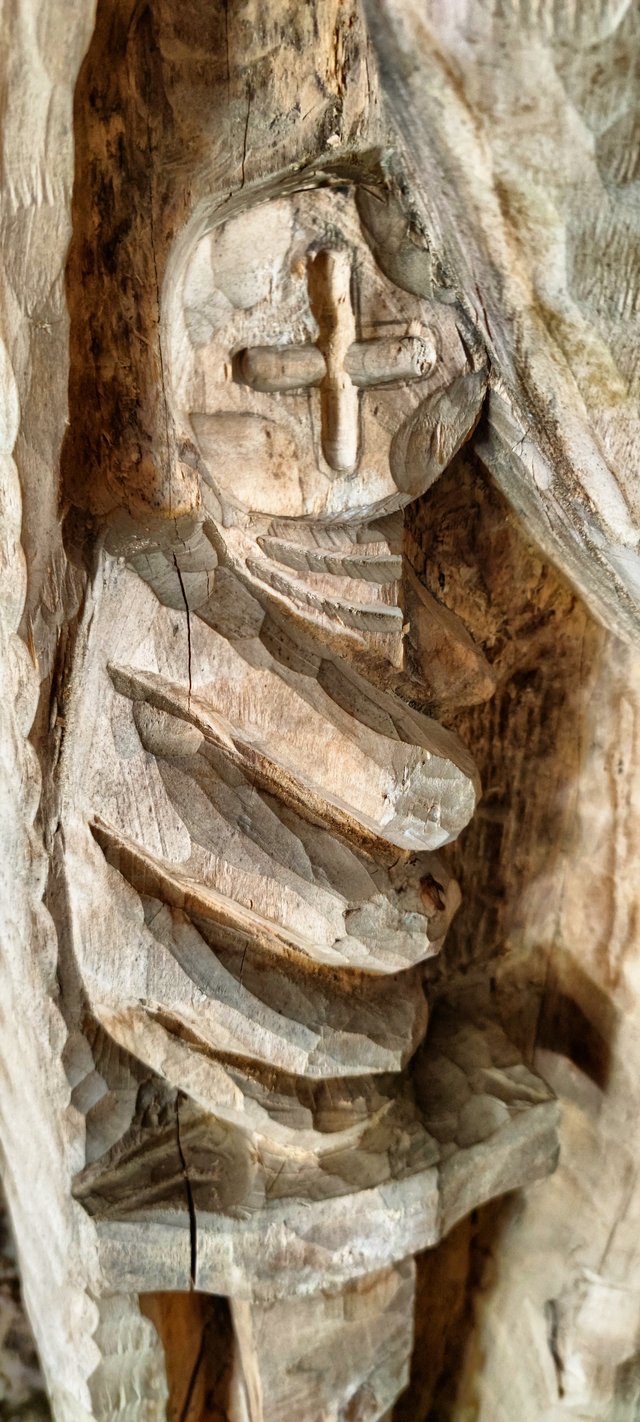
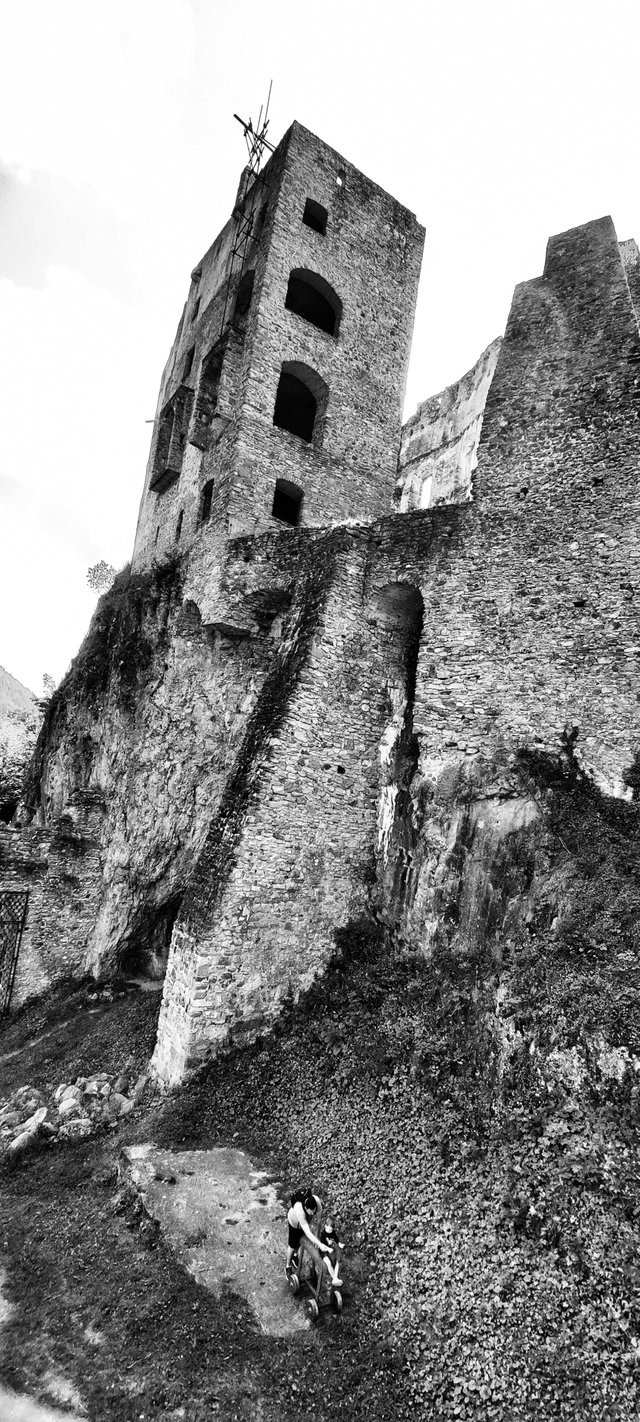
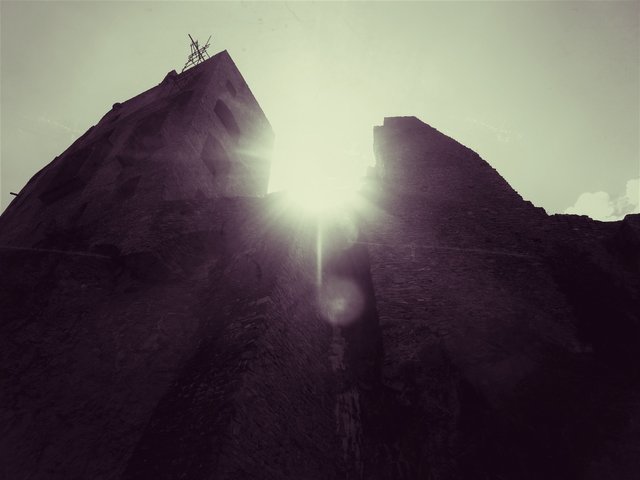
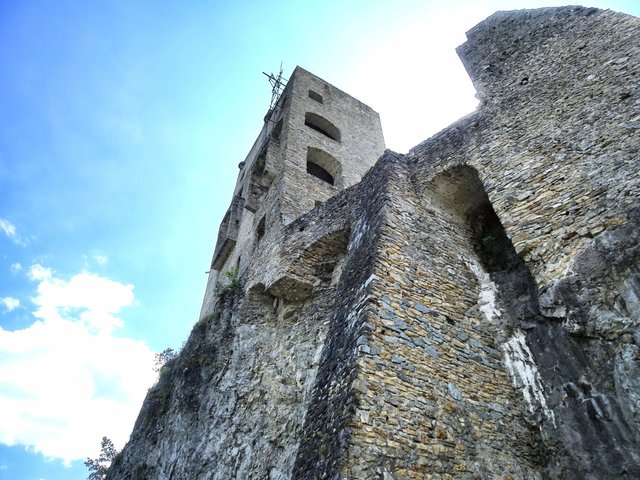
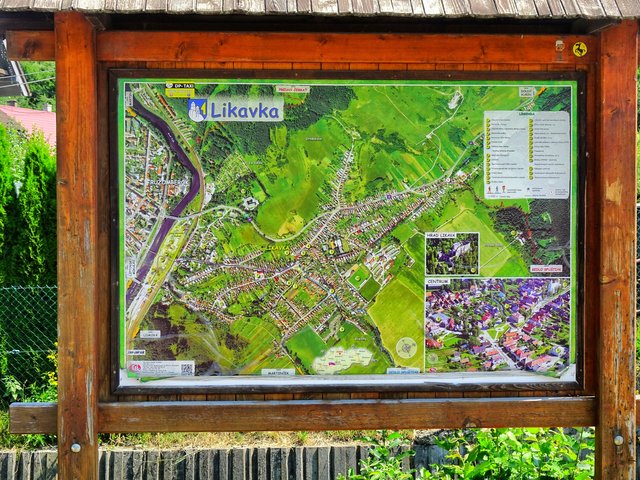
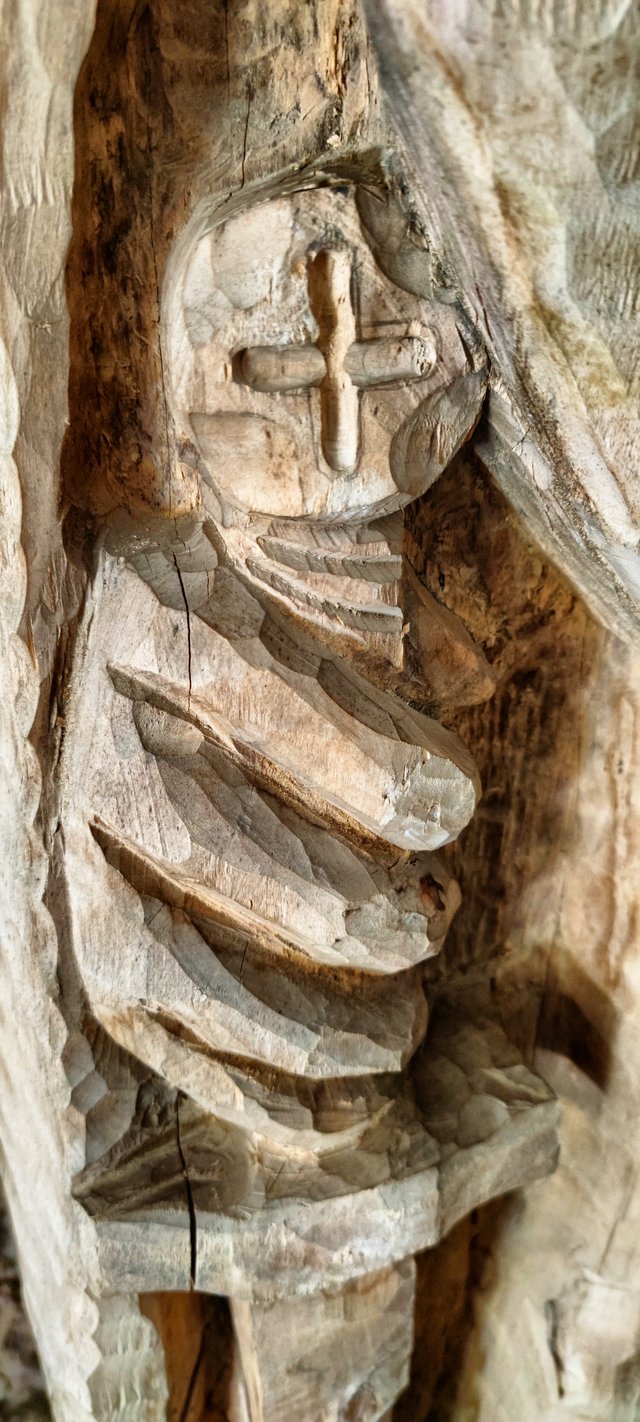
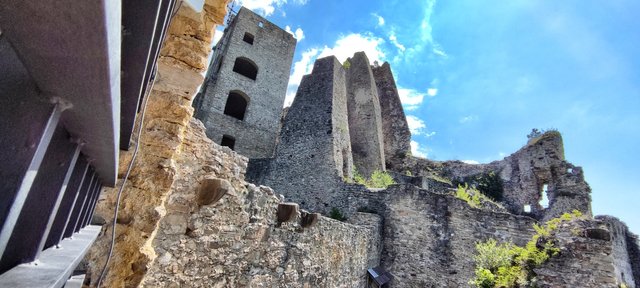
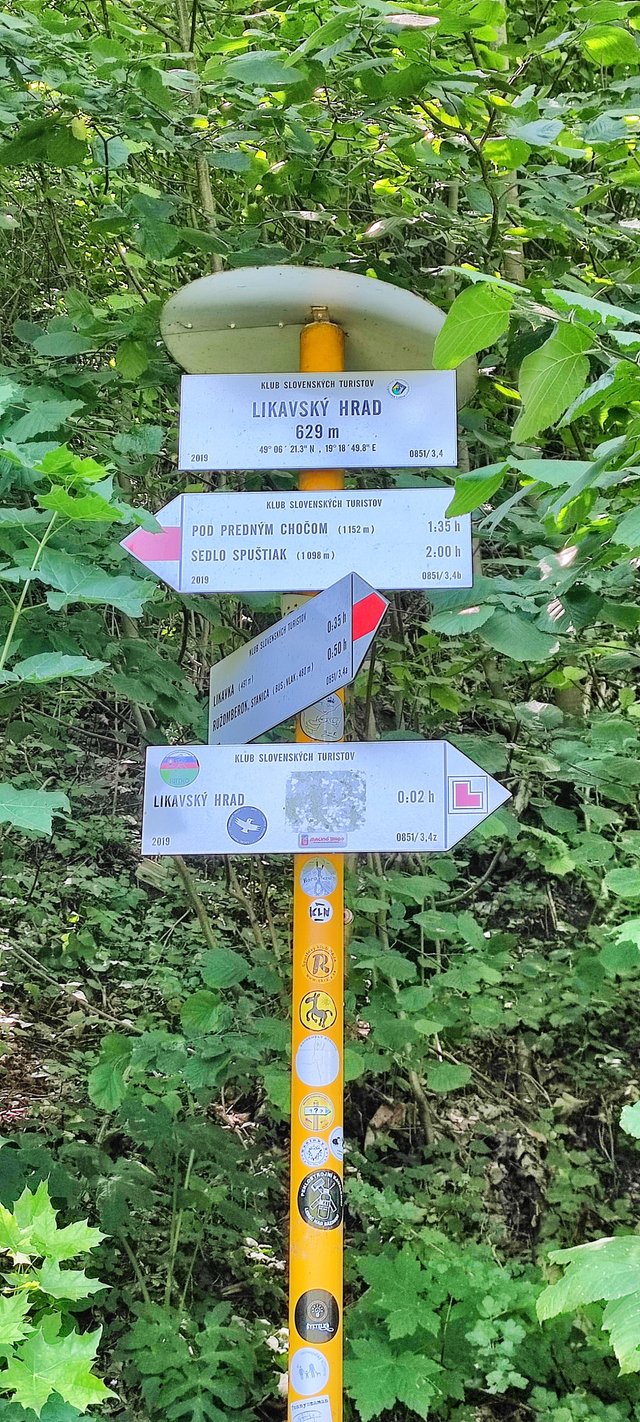
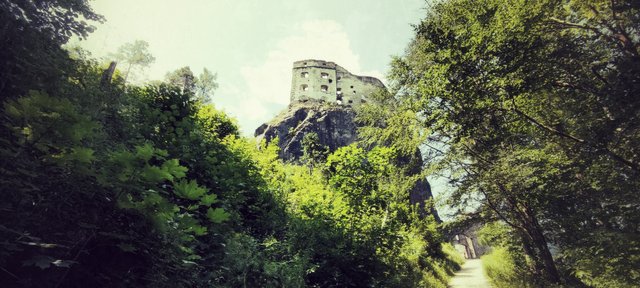
Congratulations @koenau! Your post made the TravelFeed team happy so we have sent you our big smile. Keep up the good job. 😃
Thanks for using TravelFeed!
@for91days (TravelFeed team)
PS: TravelFeed is in social media to reach more people, follow us on Facebook, Instagram, and Twitter.